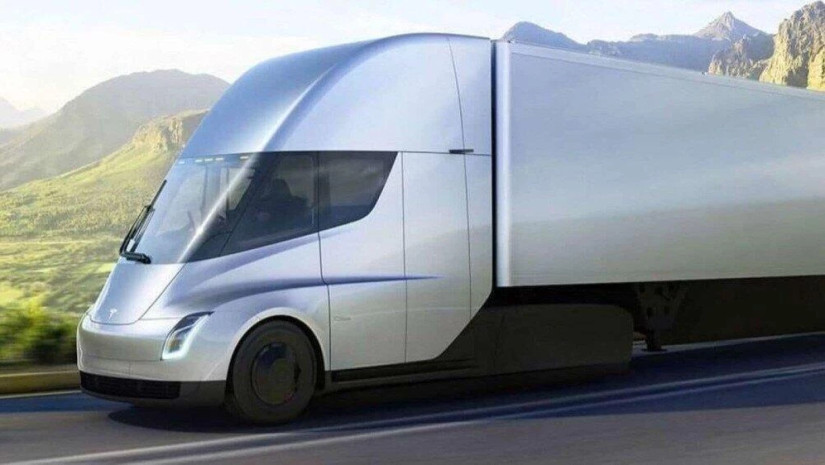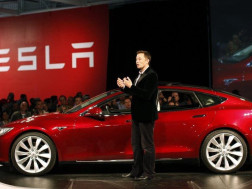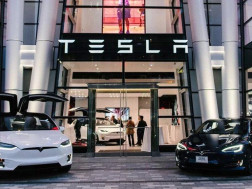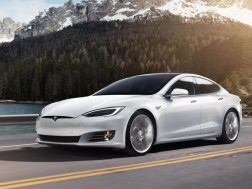Electric vehicles giant Tesla delivered on Thursday its first heavy-duty, battery-powered truck, Semi, some three years later than initially promised.
Tesla chief Elon Musk presented the vehicle at an event in Nevada.
"That thing looks like it came from the future," Telsa chief Elon Musk said.
The vehicle has been highly anticipated since Musk first unveiled its prototype in 2017, promising the vehicle would start rolling out in 2019. The delay is believed to be due to battery constraints.
What are the features of the Semi?
According to Musk, the Semi truck has a range per charge of 500 miles (around 800 kilometers) when pulling an 82,000-pound (37,000-kilo) load. Its weight limit allows it to transport over 33,000 pounds (14,969 kilograms) of cargo.
The Tesla chief has claimed that the truck's power is three times that of a diesel-powered truck. He described it as a "game changer."
During the lag between Semi's announcing and unveiling, several vehicle competitors rolled out their own trucks, including Daimler, Volvo and China's BYD.
However, transportation experts point to the fact that Tesla has been primarily designed as an electric truck, as a sign of its uniqueness.
Producers of hydrogen-powered semis have, meanwhile, questioned the battery-powered nature of Semi. They argue that for long-haul carriers, recharging the huge batteries would take much longer, tipping the balance in favor of hydrogen-powered trucks.
Why are electric vehicles becoming more popular?
Tesla's slick, futuristic designs have made it a favorite among many car enthusiasts.
However, other factors also come into play when boosting electric cars' popularity. Many countries are introducing laws to phase out combustion engine trucks for environmental reasons.
Tesla has yet to reveal the Semi price.
Generally, electric trucks cost about 70% more than their diesel-powered counterparts. However, they are much more economical in the long term, with savings in fuel and maintenance, DW reports.
















